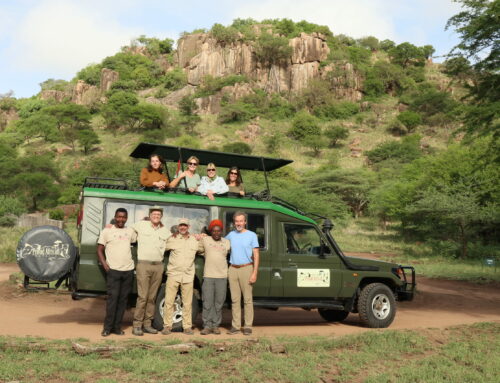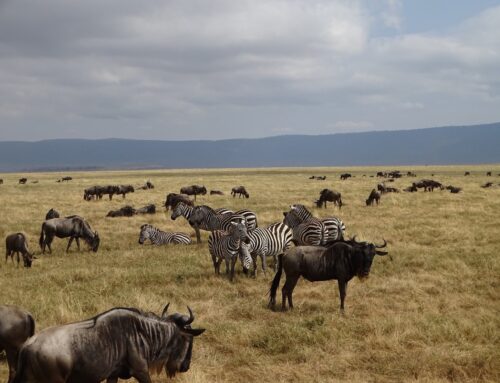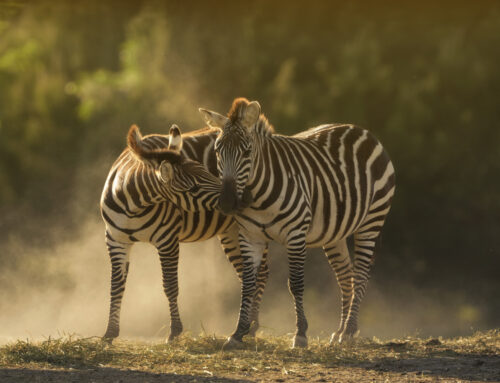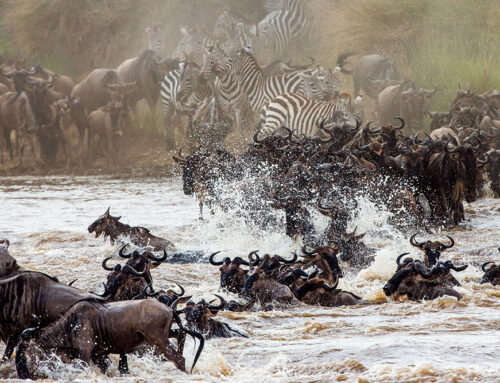As climate change progresses, the Masaai people are forced to start new traditions.
The Masaai have been living in northern, central, and southern parts of Kenya for centuries. Based on oral history, the Masaai began migrating towards southern Kenya in the 15th century and brought with them many traditions and practices.
Over time, the people have adopted some customs from neighboring groups, but for the most part, this Neolithic ethnic group has maintained their original habits and ways of life.
The Herders
The Masaai are popularly-known for being hardworking herders. Crop growing was shunned early on by nomadic Masai tribespeople, and since then they have relied mostly on livestock-keeping.
One Masaai tribesman, James Shakita, has raised livestock all his life. And yet, because of unforeseen events, he has now been forced to give up most of his animals in exchange for crops. As much as he has tried to maintain tradition, the present threat of climate change has forced him to use a new approach.
The Effects of Climate Change
The unusually-high temperatures associated with climate change are killing the grasslands that Shakita would normally use to feed his livestock. The drought in Kenya has forced him to give up his animals, and resort to trying to make a living with crops.
This isn’t to say that African has been completely dried up; on the contrary, there are still many beautiful places to visit in Kenya that provide all the necessities for the creatures living there. However, these workers are noticing the effects of the changing climate, and the ramifications are crystal clear.
Between 2017-2018 almost a quarter of the cattle in Kajiado County perished in search of pastures. Both the drought, in combination with housing development, have made it near-impossible to sustain the animals currently living in the county.
With the potential for even more struggles in the economy due to climate change and depleted resources, the problem could seriously affect Africa’s tourism sector. The drought in Kenya is affecting both animals and humans, and there doesn’t seem to be a solution for the former.
Although herders are finding success growing crops, there needs to be a solution to the obvious problem at hand. Africa’s natural resources are drying up, and food sources along with them.
Click the button below to talk to one of our Safari Specialists!
Recent Posts
As climate change progresses, the Masaai people are forced to start new traditions.
The Masaai have been living in northern, central, and southern parts of Kenya for centuries. Based on oral history, the Masaai began migrating towards southern Kenya in the 15th century and brought with them many traditions and practices.
Over time, the people have adopted some customs from neighboring groups, but for the most part, this Neolithic ethnic group has maintained their original habits and ways of life.
The Herders
The Masaai are popularly-known for being hardworking herders. Crop growing was shunned early on by nomadic Masai tribespeople, and since then they have relied mostly on livestock-keeping.
One Masaai tribesman, James Shakita, has raised livestock all his life. And yet, because of unforeseen events, he has now been forced to give up most of his animals in exchange for crops. As much as he has tried to maintain tradition, the present threat of climate change has forced him to use a new approach.
The Effects of Climate Change
The unusually-high temperatures associated with climate change are killing the grasslands that Shakita would normally use to feed his livestock. The drought in Kenya has forced him to give up his animals, and resort to trying to make a living with crops.
This isn’t to say that African has been completely dried up; on the contrary, there are still many beautiful places to visit in Kenya that provide all the necessities for the creatures living there. However, these workers are noticing the effects of the changing climate, and the ramifications are crystal clear.
Between 2017-2018 almost a quarter of the cattle in Kajiado County perished in search of pastures. Both the drought, in combination with housing development, have made it near-impossible to sustain the animals currently living in the county.
With the potential for even more struggles in the economy due to climate change and depleted resources, the problem could seriously affect Africa’s tourism sector. The drought in Kenya is affecting both animals and humans, and there doesn’t seem to be a solution for the former.
Although herders are finding success growing crops, there needs to be a solution to the obvious problem at hand. Africa’s natural resources are drying up, and food sources along with them.







